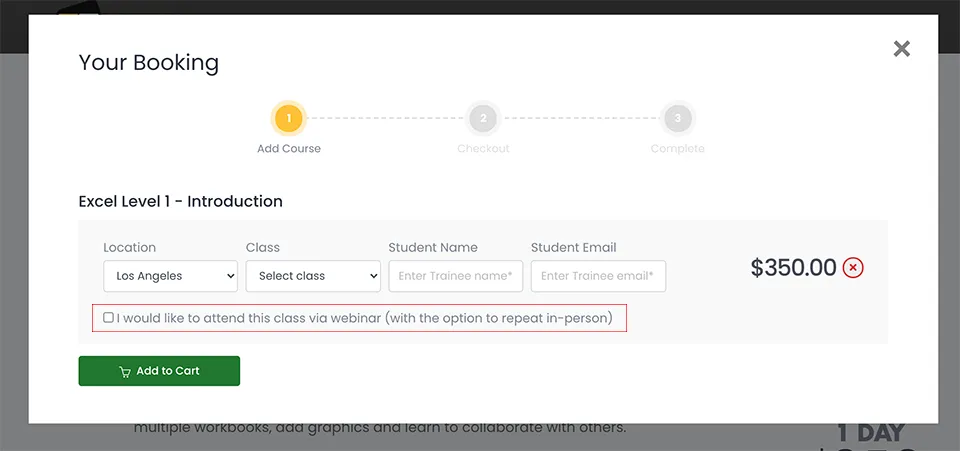Microsoft Project Interface
The default view in MS Project is the Gantt Chart view. This consists of data table on the left hand side of the screen and a Gantt bar chart on the right. The Divider Bar separates both sections and it can be moved to make each side bigger. The Gantt table looks like an Excel worksheet, consiting of rows, columns and cells. The Gantt bar chart graphically displays your project schedule. Read more.
